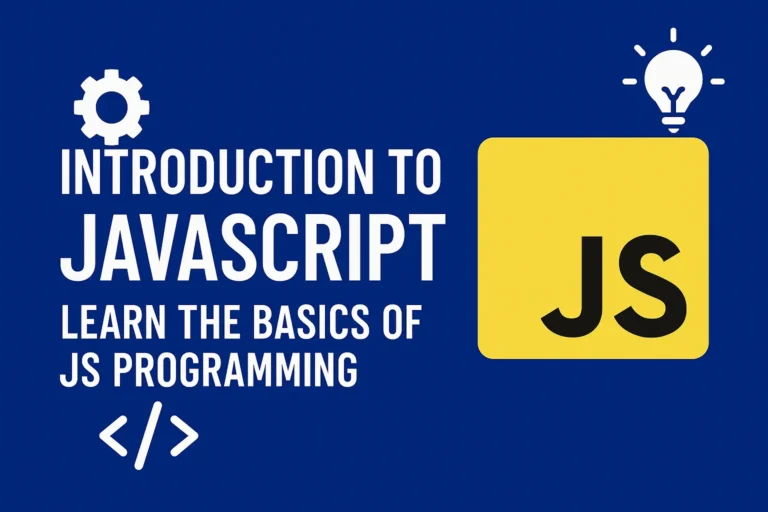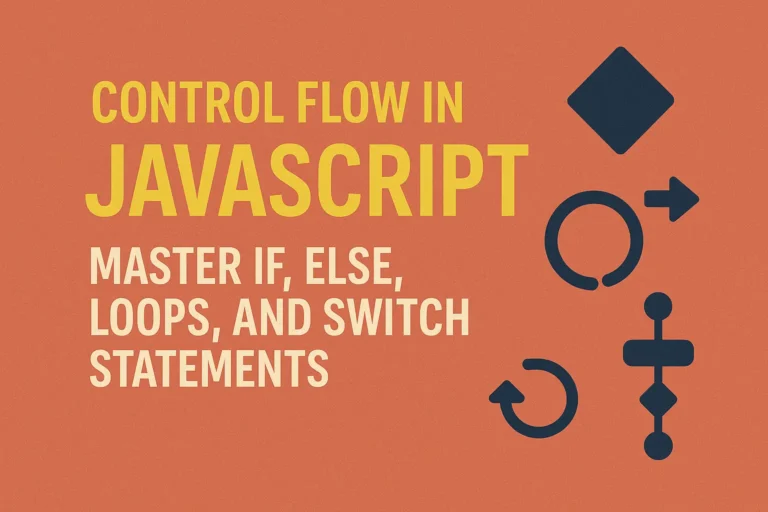In this article, we’ll explore how to create a real-time chat application using JavaScript and WebSockets, focusing on both the backend and frontend aspects.
Understanding WebSockets
WebSockets provide a bidirectional communication channel between a client (typically a web browser) and a server. Unlike traditional HTTP requests, which are stateless and require continuous polling for updates, WebSockets enable persistent connections, allowing for efficient real-time data exchange.
To implement WebSockets in JavaScript, we can leverage the WebSocket API, which is supported in most modern web browsers. Let’s start by setting up a WebSocket server using Node.js:
const WebSocket = require('ws');
const wss = new WebSocket.Server({ port: 8080 });
wss.on('connection', function connection(ws) {
console.log('Client connected');
ws.on('message', function incoming(message) {
console.log('Received: %s', message);
// Broadcast the message to all clients
wss.clients.forEach(function each(client) {
if (client !== ws && client.readyState === WebSocket.OPEN) {
client.send(message);
}
});
});
});
In this example, we create a WebSocket server using the ws library and listen on port 8080. When a client connects (‘connection’ event), we log the event and set up a message handler to receive and broadcast messages to all connected clients.
Building the Frontend
Now that we have a WebSocket server, let’s create a simple frontend interface for our chat application using HTML, CSS, and JavaScript:
<!DOCTYPE html>
<html lang="en">
<head>
<meta charset="UTF-8">
<meta name="viewport" content="width=device-width, initial-scale=1.0">
<title>Real-Time Chat</title>
<style>
/* Add your CSS styles here */
</style>
</head>
<body>
<div id="chat"></div>
<input type="text" id="message" placeholder="Type your message...">
<button onclick="sendMessage()">Send</button>
<script>
const ws = new WebSocket('ws://localhost:8080');
const chatDiv = document.getElementById('chat');
ws.onmessage = function(event) {
const message = document.createElement('div');
message.textContent = event.data;
chatDiv.appendChild(message);
};
function sendMessage() {
const input = document.getElementById('message');
const message = input.value;
ws.send(message);
input.value = '';
}
</script>
<script>var rocket_lcp_data = {"ajax_url":"https:\/\/codersship.com\/wp-admin\/admin-ajax.php","nonce":"8d32706227","url":"https:\/\/codersship.com\/javascript\/developing-a-chat-application","is_mobile":false,"elements":"img, video, picture, p, main, div, li, svg","width_threshold":1600,"height_threshold":700,"debug":null}</script><script data-name="wpr-lcp-beacon" src='https://codersship.com/wp-content/plugins/wp-rocket/assets/js/lcp-beacon.min.js' async></script></body>
</html>
In this HTML file, we create a simple input field for typing messages and a button to send them. When a message is received from the WebSocket server, we append it to the chat area.
Enhancing the User Interface
To improve the user experience, we can add styling and additional features to our chat interface. For example, we can use CSS to format messages, display timestamps, and implement features like user authentication and private messaging.
/* Example CSS styles */
#chat {
border: 1px solid #ccc;
padding: 10px;
max-height: 300px;
overflow-y: auto;
}
.message {
background-color: #f2f2f2;
padding: 5px 10px;
margin-bottom: 5px;
border-radius: 5px;
}
.message.sender {
background-color: #e2f7cb;
}
Conclusion
In this tutorial, we’ve demonstrated how to develop a real-time chat application using JavaScript and WebSockets. By combining backend WebSocket server logic with frontend interface design, we’ve created a simple yet effective messaging solution. However, there’s still much room for improvement and additional features, such as user authentication, message encryption, and multimedia support.
As you continue to explore and expand upon this foundation, remember to prioritize security, scalability, and usability to create a robust and user-friendly chat experience for your application’s users. Happy coding!






